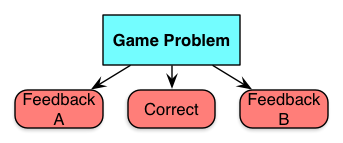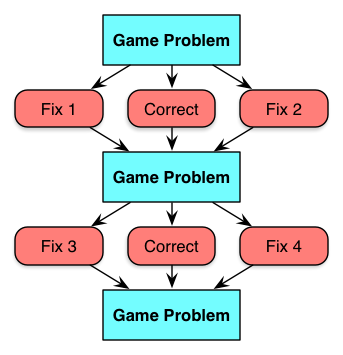I was on a case. I’m a performance detective, and that’s what I do. Someone wasn’t performing they way they were supposed to, and it was my job to figure out why. My client thought he knew. They always do. But I had to figure it out myself. Like always.
Before I hit the bricks, I hit the books. Look, there’s no point watching anyone if you don’t know what you’re looking for. What’s this mug supposed to be doing? So I read up. What’s the job? What’s the goal? How do you know when it’s going well? These are questions, and I need answers. So I check it out. Even better, if I can find numbers. Can’t always, as some folks don’t really get the value. Suckers.
Then I had to get a move on. You need what you find from the background, but you can’t trust it. There could be many reasons why this palooka isn’t up to scratch. Everyone wants to throw a course at it. And that may not the problem. If it isn’t a skill problem, it’s not likely a course is going to help. You’re wasting money.
The mug might not believe it’s important. Or not want to do it a particular way. There’re lots of reasons not do it the way someone wants. It could be harder, with no obvious benefit. If you don’t make it clear, why would they? People aren’t always dumb, it just seems that way.
Or they might not have what they need. Too often, some well-intentioned but under-aware designers wants to put some arbitrary information in their heads. Which is hard. And usually worthless. Put in the world. Have it to hand. They may need a tool, not a knowledge dump.
Or, indeed, they may not be capable. A course could be the answer. Not just a course, of course. It needs more. Coaching, and practice. Lots of practice. They may really be out of their depth, and dumping knowledge on them is only going to keep them drowning.
It’s not always easy. It may not be a simple answer. There can be multiple problems. It can be all of the above. Or any combination. And that’s why they bring me in. To get the right answer, not the easy answer. And certainly not the wrong answer.
So I had to go find out what was really going on. That’s what detectives do. They watch. They investigate. They study. That’s what I do. I want the straight dope. If you can’t do the hard yards, you’re in the wrong job. I love the job. And I’m good at it.
So I watched. And sure enough, there it was. Obvious, really. In retrospect. But you wouldn’t have figured it out if you hadn’t looked. It’s not my job to fix it. I told the client what I found. That’s it. Not my circus, not my monkeys. Get an architect to come up with a solution. I find the problem, and report. That’s what I do.
This quite literally came from a dream I had, and my subsequent thoughts when I woke up. And when I first conceived it, I wasn’t thinking about the role that Charles Jennings, Jos Arets, and Vivian Heijnen have as one of five in their new 70:20:10 book, but there is a nice resonance. Hopefully my ‘hard boiled’ prose isn’t too ‘on the nose’! More importantly, what did I miss? I welcome your thoughts and feedback.


